Driving in Mexico offers the freedom to explore the country’s diverse landscapes from bustling cities to serene beaches. However, it’s important to familiarize yourself with Mexico’s driving laws, road conditions and the necessary documentation to ensure a smooth experience. Whether you’re living in Mexico or just visiting for a short trip, this article provides worthwhile tips and resources for navigating Mexico’s roads safely and efficiently.
Border Crossings
Before you can drive in Mexico, you’ll need to cross the border. The U.S.-Mexico border spans approximately 2,000 miles with over 50 legal crossing points. Border crossing times can vary significantly depending on the time of day, season, and specific crossing point. Generally, early mornings on weekdays are less congested than afternoons or weekends.
For more detailed information about specific border crossings, check out our article Border Crossings into Mexico.
Documents You Need for Driving
When driving in Mexico, it’s essential to have the following documents on hand.
Driver’s License: A valid driver’s license from your home country or a Mexican driver’s license.
Car Insurance: Liability insurance is mandatory. Foreign insurance policies or credit card insurance do not cover accidents in Mexico. Ensure you purchase a valid policy from a Mexican provider. Otherwise, you can risk jail time and heavy fines.
Legal Status: If you’re a temporary or permanent resident, carry your residency card, as it may be required at immigration checkpoints. If you are a tourist, you will need to carry your passport and tourist FMM permit with you at all times.
Temporary Import Permit (TIP): If you bring a foreign-plated vehicle into Mexico, you will need to obtain a TIP at the border. In certain areas like the Baja peninsula, parts of northern Sonora and the state of Quintana Roo, a TIP is not required. Check your route to see if this applies.
You can learn more detail about the TIP in our article How to Bring a Car into Mexico – Temporary Import Permit (TIP).
Understanding Driving Laws
Before you hit the road in Mexico, it’s crucial to understand some key driving laws. Although similar to those in many other countries, there are a few distinctions to be aware of:
Driver’s License: You can drive in Mexico with a valid foreign driver’s license, typically for the duration of your tourist FMM (Forma Migratoria Múltiple) permit. If you plan to stay long-term as a temporary or permanent resident, it’s advisable to apply for a Mexican driver’s license, which can be obtained through local government offices.
Requirements:
-
- For tourists: Foreign driver’s licenses are valid for temporary use.
- For residents: If you’re a temporary or permanent resident, check with your local Secretaría de Movilidad (SEMOVI) office for requirements to obtain a Mexican driver’s license in your respective state.
Speed Limits: These vary by location, but usually are as follows:
-
- Highways (carreteras/autopistas): Typically, 90 – 110 km/h (55 – 70 mph).
- Urban areas: 30 – 50 km/h (18 – 30 mph), depending on the city.
- School zones: 20 km/h (12 mph).
Speed limits are generally posted, but not always, especially in more rural areas. It’s advisable to stay within the limits to avoid accidents and fines.
Right of Way: At intersections without traffic signals, drivers approaching from the right generally have the right of way. As such, treat it like you would a 4-way stop. Roundabouts also follow a “yield to traffic inside the circle” rule and can be, at times, tricky to negotiate especially in larger cities like Guadalajara and Mexico City.
Alcohol and Driving: The legal blood alcohol limit in most of the country is 0.08%, similar to the U.S., but enforcement can vary. Some regions, particularly in tourist hotspots, enforce strict “zero tolerance” policies. Fines can be steep and repeat offenses could lead to serious legal consequences, such as jailtime. As in most countries, it is not advisable to drink and drive, with plenty of other options readily available, e.g., taxis, Uber, etc.
Mobile Phone Use: It is illegal to use a mobile phone while driving unless you are using a hands-free device. This law is strictly enforced, especially in larger cities like Mexico City, where distracted driving is a common cause of accidents.
Seatbelts and Child Safety: Seatbelts are mandatory for all passengers, and children under the age of 12 must sit in the back seat. Enforcement is generally strict in cities and more lenient in rural areas, but it’s best to adhere to the law for safety reasons.
City-Specific Driving Restrictions
Several major Mexican cities have implemented driving restrictions primarily due to air pollution concerns. Understanding these regulations is essential for visitors planning to drive in these urban areas.
Mexico City, Puebla, and Guadalajara, among others, maintain some of the most significant driving restriction programs in the country. These systems typically limit vehicle access on certain days based on license plate numbers and emission levels.
If your vehicle has plates from outside these jurisdiction (even if it meets emissions standards), you’ll need to obtain a tourist permit to drive legally within these cities. These permits provide temporary exemptions from the standard restrictions.
The regulations can vary by city and may become more stringent during periods of poor air quality. Certain vehicle types, particularly those with lower emissions, may qualify for exemptions from these restrictions.
Before driving in any major Mexican urban center, verify the current regulations as they may change based on seasonal conditions or air quality measurements.
Driving Conditions
Road Conditions: This can vary widely depending on the region. Highways connecting major cities, such as the autopista system, are usually in good condition, but tolls (known as cuotas) typically apply. In rural areas, without tolls, the roads are less maintained, with potholes, poor signage or unpaved sections.
Be prepared for sudden changes in road quality, especially if you’re driving through rural or mountainous areas. It’s also advisable to avoid driving at night in remote regions due to poor lighting and the possibility of animals or debris on the road.
Topes (Speed Bumps): Mexico is well-known for topes, or speed bumps, which can be found on highways, city streets and rural roads. Many are not marked or can be very difficult to spot, so drive cautiously, especially through towns or near schools.
Gas Stations: Lots are still owned by Pemex, the state-run petroleum company, but that has changed significantly over the last 5+ years with the privatization of the oil and gas industry. Most stations operate on a full-service basis, meaning attendants will pump the gas for you. One of the few exceptions, as an example, are Costco gas stations, which are self-serve. Tips are customary for the attendants, usually around 5 – 15 pesos. Also, though there are more gas stations now than in years past, there are still areas of the country where gas stations are scarce. It is not unheard of to go an hour or more without seeing a single gas station, even though that is becoming rarer. It is advisable not to let your gas tank go below half full, if possible.
Traffic in Urban Areas: In larger cities like Mexico City, Monterrey, or Guadalajara, traffic congestion can be heavy, especially during rush hours (7 – 9 AM and 5 – 7 PM). Some cities also have specific restrictions, such as “Hoy No Circula” in Mexico City, which limits certain vehicles from driving on designated days based on their license plate numbers.
Fuel Management and Gas Station Awareness
When traveling in Mexico, particularly in rural areas or along less-traveled routes, maintaining adequate fuel levels is critical. It’s recommended to keep your tank at least half full at all times, as gas stations can be scarce in certain regions. In remote areas, the distance between stations can exceed 100 kilometers.
Plan your refueling stops in advance, especially when traveling between smaller towns or in mountainous areas. Apps like GasBuddy or Google Maps can help locate gas stations along your route.
There are some common gas station scams and how to avoid them:
-
- Incorrect pump reset: Always verify that the pump reads zero before the attendant begins fueling.
- Short-changing: Pay attention when exchanging money and count your change immediately.
- The “bill switch”: When paying with large denominations, keep your eye on the bill you handed over to prevent it from being swapped for a smaller one.
- “Distraction” techniques: Some scammers work in teams where one distracts you while another tampers with the pump or payment. Stay vigilant and focused during refueling.
- Incorrect fuel amount: Watch the pump’s display to ensure you’re getting the amount of fuel you’re paying for.
To avoid these scams:
-
- Pay with exact change when possible.
- Specify the exact amount of fuel you want in pesos, not just “fill it up”.
- Note which pump you’re at and watch the numbers.
- Get a receipt for every transaction.
Checkpoints and Navigating Law Enforcement
Driving in Mexico, you may encounter various types of checkpoints operated by different authorities:
Military Checkpoints: Operated by the Mexican Army, these are common on major highways and near borders. Soldiers may ask for identification, inquire about your destination, and occasionally request to inspect your vehicle.
National Guard Checkpoints: The national guard (guardia nacional) monitors highways and may stop vehicles for document verification or routine inspections.
State and Municipal Police: Local police may set up checkpoints within cities or on regional roads.
Immigration Checkpoints: Operated by the Instituto Nacional de Migración (INM), these checkpoints verify the immigration status of foreign travelers, especially in border states and tourist areas.
Bribes (Mordidas): While the practice of soliciting bribes has decreased in recent years due to anti-corruption efforts, it can still occur. If you believe an officer is improperly soliciting a bribe:
-
- Remain calm and polite.
- Ask for a written ticket/citation (boleto) that you can pay at an official office.
- Request to speak with a supervisor if you feel unfairly targeted.
- If possible, note the officer’s name, badge number, and patrol car number.
- Avoid direct accusations of corruption, which may escalate the situation.
- Consider using a dash cam (see below) as a deterrent.
Remember that legitimate fines for traffic violations can be paid at official government offices, not directly to officers on the road.
Dash Cameras
Installing a dash cam in your vehicle while driving in Mexico can provide numerous benefits.
Insurance Protection: In case of accidents, footage can help establish fault and expedite insurance claims.
Security: Some models record when your car is parked, deterring theft and vandalism.
Deterrence: The visible presence of a camera may discourage improper solicitations at checkpoints.
Navigation Aid: Many dash cams include GPS functionality to help with directions.
Be aware that some checkpoints might question the presence of recording devices. While dash cams are legal, officers may ask you to turn them off during interactions.
Night Driving Considerations
Driving at night in Mexico can present significant risks and is generally discouraged, especially in rural areas. The main hazards include:
Poor Road Illumination: Many highways and rural roads lack adequate lighting, making it difficult to see potential hazards.
Livestock and Wildlife: Free-roaming animals frequently cross roads at night without warning.
Unmarked Hazards: Potholes, debris, or damaged road sections may not be visible until it’s too late to avoid them.
Security Concerns: Certain areas have higher rates of crime after dark, including highway robberies in some regions.
Limited Emergency Services: If you encounter problems, help may be harder to find at night, particularly in remote areas.
If night driving is unavoidable:
-
- Stick to toll roads (cuotas) whenever possible.
- Ensure your headlights and taillights are functioning properly.
- Reduce your speed significantly.
- Be especially vigilant at curves and hills.
- Consider traveling in convoys with other vehicles when possible.
- Make sure your cell phone is fully charged.
Roadside Assistance: Ángeles Verdes (Green Angels)
Mexico’s federal government operates a specialized tourist assistance service called Ángeles Verdes (Green Angels). These bilingual mechanics patrol major highways in green trucks offering free mechanical assistance, first aid, and basic emergency services to all travelers. To contact the Green Angels:
-
- Dial 078 from any phone
- Flag down one of their green patrol trucks
- Use emergency phones located along major highways
The service operates daily from 8 AM – 8 PM. While assistance is free, you’ll need to pay for any parts or materials used in repairs. It’s customary to tip the technicians for their help.
Traveling with Pets
If you’re planning to drive in Mexico with your furry companions, some special considerations apply:
Documentation: Ensure your pets have the required documentation and vaccination records, particularly rabies vaccination certificates from a licensed veterinarian.
Comfort and Safety: Plan for regular breaks for exercise and bathroom stops. Never leave pets unattended in vehicles, as temperatures can rise quickly.
Accommodations: Confirm in advance that your accommodations accept pets. Many hotels in Mexico have become more pet-friendly, but policies vary widely.
Border Crossing: When crossing the border with pets, be prepared to present your documentation to officials.
Supplies: Bring sufficient food, water, medications, and familiar items to keep your pet comfortable throughout the journey.
For more detailed information about bringing pets to Mexico, including specific documentation requirements and preparation tips, see our article How to Bring Pets into Mexico.
Planning Your Journey
Thorough planning is essential for a safe and enjoyable driving experience in Mexico:
Itinerary Planning: Research your route thoroughly before departure. Consider distances, road conditions, and estimated driving times. Mexico’s mountainous terrain and variable road quality mean journeys often take longer than mapping apps suggest.
Accommodation Booking: Always book your accommodations in advance, especially during high tourist seasons. This ensures you have a confirmed destination each day and prevents the stress of searching for lodging after a long day of driving.
Daily Distance Limits: Try and limit your daily driving to 6 – 8 hours. This allows time for unexpected delays, rest stops, and enjoying the places you pass through. However, this may vary based on your personal driving preferences.
Alternative Routes: Have backup routes planned in case of road closures, detours, or unexpected conditions.
Local Information: Research local festivals, holidays, or events that might affect traffic or accommodation availability.
Emergency Planning: Note the locations of hospitals or urgent care facilities along your route, in addition to local mechanics.
Communication Plan: Ensure you have a reliable means of communication. Consider purchasing a local SIM card for your phone.
Digital Backup: Scan all important documents and store them securely online where you can access them if physical copies are lost.
Regional Driving Considerations
Mexico’s diverse geography creates distinct driving conditions across different regions:
Coastal Areas: While beautiful, coastal roads can be narrow and winding. During hurricane season (June to November), be aware of potential flooding and road closures, particularly along the Gulf of Mexico and Caribbean coast.
Mountain Regions: Central and southern Mexico feature spectacular but challenging mountain drives. Expect steep grades, sharp curves, and significant elevation changes. Vehicles may overheat on prolonged climbs, and brakes can fail on extended descents if not properly maintained.
Northern Desert: The northern states feature long stretches of desert highway where services may be limited. Carry extra water, and be prepared for extreme temperature fluctuations between day and night.
Southern Tropical Areas: In states like Chiapas and Oaxaca, heavy rainfall can cause mudslides and road washouts, particularly during the rainy season (May to October). Always check road conditions before traveling in these regions.
Popular Tourist Corridors: Well-traveled routes like the Riviera Maya (Cancún to Tulum) and Baja peninsula highways have better infrastructure but can be congested during peak tourist seasons.
Vehicle Maintenance Considerations
Proper vehicle maintenance is especially important when driving in Mexico:
Pre-Trip Inspection: Before a long journey, have your vehicle thoroughly checked by a qualified mechanic. Pay special attention to brakes, cooling system, and tires.
Spare Parts: Consider carrying essential spare parts that might be difficult to find in remote areas, such as fuses, belts, and a spare tire in good condition.
Fluid Levels: Check all fluid levels regularly, especially when driving in extreme temperatures or mountainous terrain.
Air Conditioning: In hot regions, a functioning air conditioning system isn’t just for comfort, it can be a safety necessity.
Dust Protection: In desert regions, air filters can clog quickly. Consider carrying a spare air filter for longer journeys.
Local Mechanics: Research reputable mechanics along your route for emergency repairs. Many towns have skilled mechanics, but quality can vary significantly.
General Safety Tips
Driving in Mexico can be a rewarding experience, but it’s important to keep safety in mind. Here are some essential safety tips:
-
- Avoid driving at night (especially in rural areas): Road lighting is often poor and hazards like stray animals or debris can be difficult to spot.
- Watch for topes: These unmarked speed bumps are prevalent throughout the country, especially in small towns.
- Carry cash for tolls: Many highways have tolls, known as cuotas, which are typically paid in cash. Keep small bills and coins on hand for these payments. You can also buy various electronic toll passes, if you want to minimize how much cash you’re carrying. Credit and debit cards are less frequently accepted.
- Emergency numbers: Mexico’s emergency number is 911. For roadside assistance, Green Angels, provide free mechanical assistance on highways. They operate daily from 8 AM – 8 PM. You can dial 078 from your mobile phone and they have assistance in both English and Spanish. Additionally, they have roadside phones in some areas for you to be able to contact them.
- Keep your doors locked: In congested urban areas, car theft or robbery at traffic lights (like any country) can happen, so it’s a good habit to keep your doors locked while driving.
Helpful Online Resources
To stay up to date on driving conditions, traffic laws, and regulations, these online resources can be extremely useful:
-
- Gob.mx: Mexico’s official federal government portal with details on all government matters, including providing information about driving laws, obtaining a Mexican driver’s license and road safety in Mexico.
- Waze (owned by Google): The Waze mobile app, in addition to their website, is one of the best navigation tools in Mexico. It provides real-time updates on traffic conditions, road closures, and police checkpoints.
- Google Maps: Google Maps is another widely-used navigation mobile app, in addition to their website. It includes detailed maps of roads and traffic reports in most urban areas. Be sure to download maps for offline use, especially if you’re traveling through rural areas with limited cell service.
- GasBuddy: GasBuddy’s mobile app, in addition to their website, helps you find the cheapest gas prices at nearby gas stations.
- TollGuru: TollGuru is a popular mobile app, in addition to their website, used to help calculate tolls. Mexico has significantly increased their toll road (cuotas) network over the past decade. As such, it can be very handy to have a good estimate of tolls for your trip.
- Facebook groups: Joining groups can provide invaluable insights from fellow drivers in Mexico. Many foreigners and locals use these groups to share information about road conditions, safety tips, and travel experiences. A couple of the biggest most widely used groups are On the Road in Mexico and PanAmerican Travelers Association.
- SEMOVI: Mexico’s official federal government agency responsible for all matters related to transportation and driving regulations. Each state has its own SEMOVI department. These offices provide information on obtaining a Mexican driver’s license, vehicle registration and other driving-related queries.
Conclusion
Driving in Mexico offers a fantastic way to explore the country, but it requires knowledge of local laws, driving customs and road conditions. Make sure you’re fully prepared with the right documents, insurance and navigation tools before hitting the road. By staying informed and using the right resources, you can enjoy a safe and enjoyable driving experience in Mexico.
Please feel free to leave us a comment below, if you would like to share any tips or guidance from your personal experiences of driving here in Mexico. We would love to hear from you! Additionally, if you found this article helpful, consider sharing it with others who might benefit from it. A quick share goes a long way in helping others discover useful information!

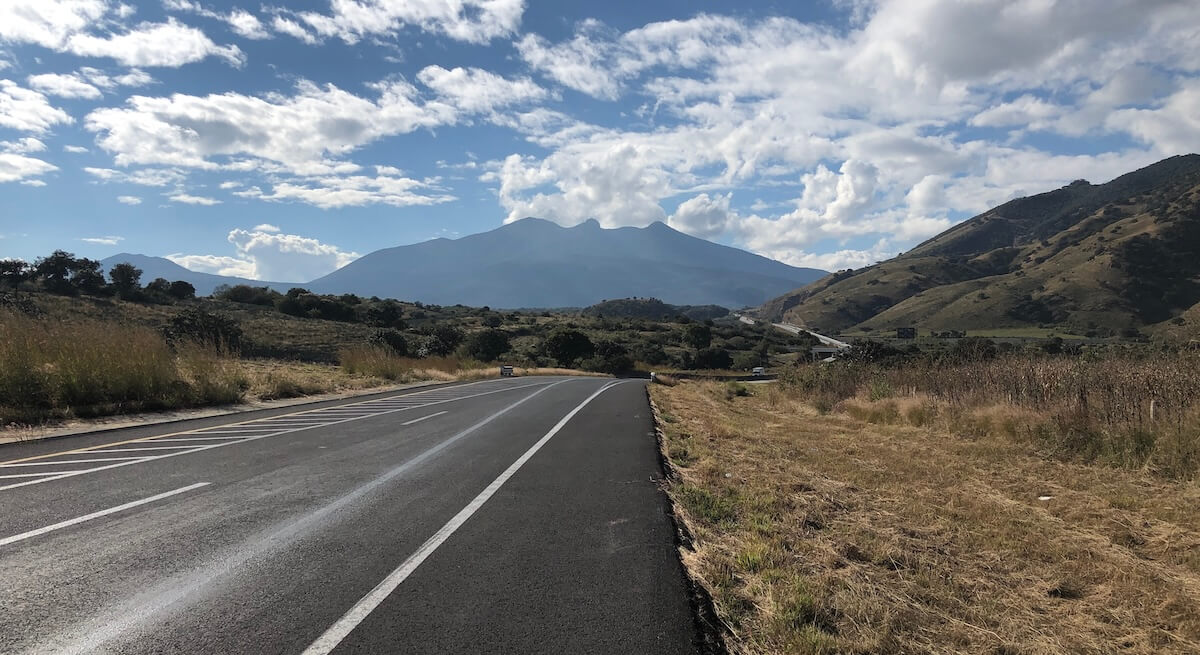
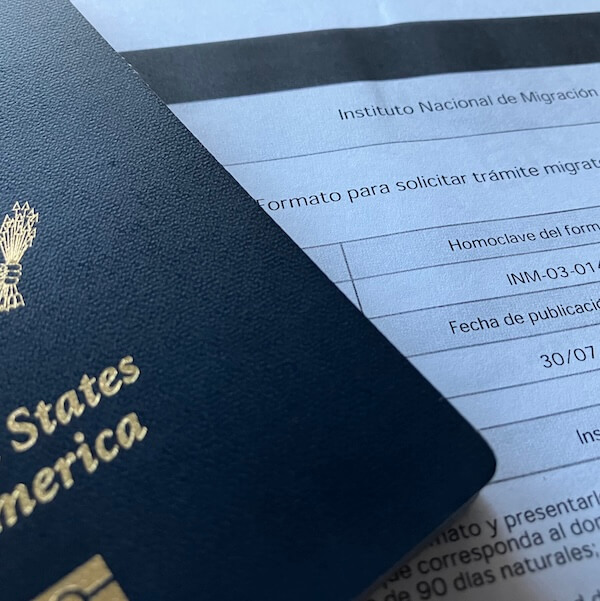

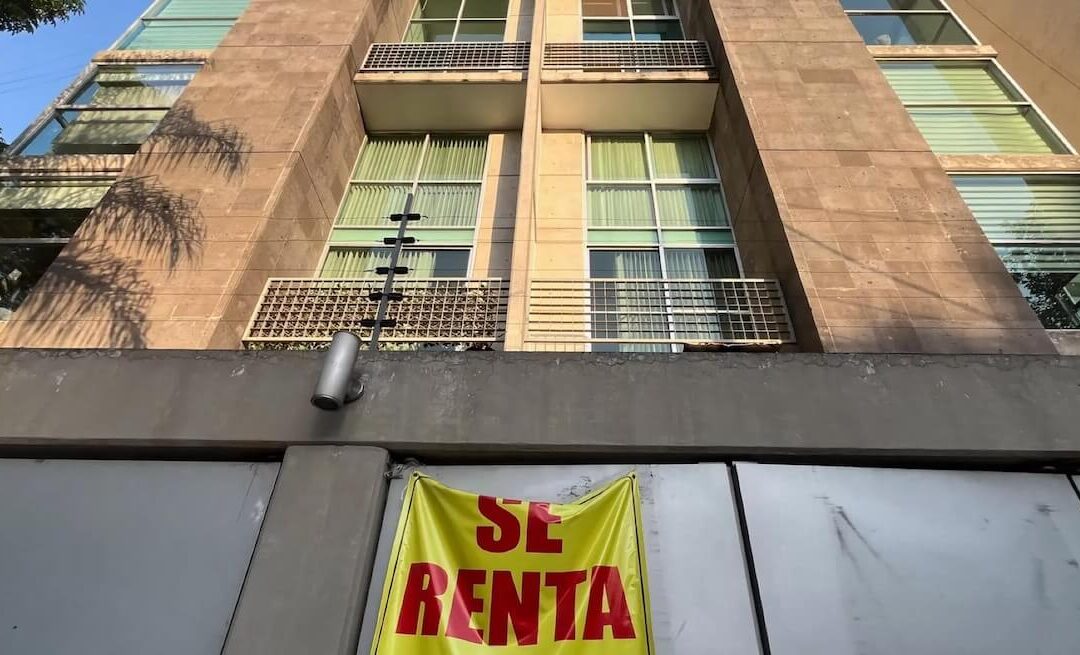
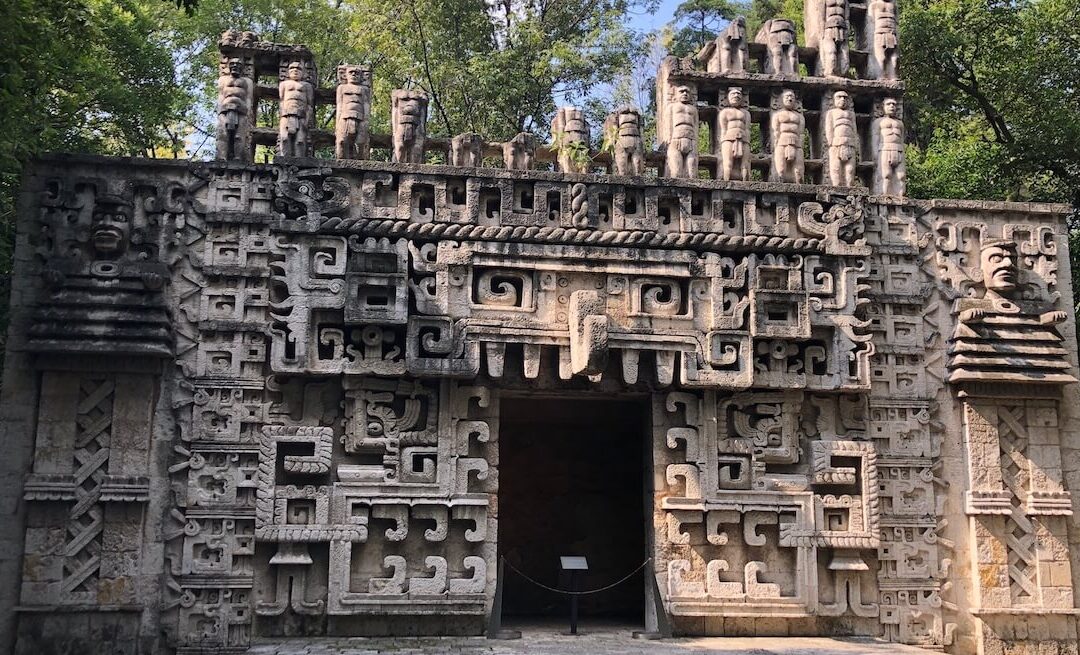
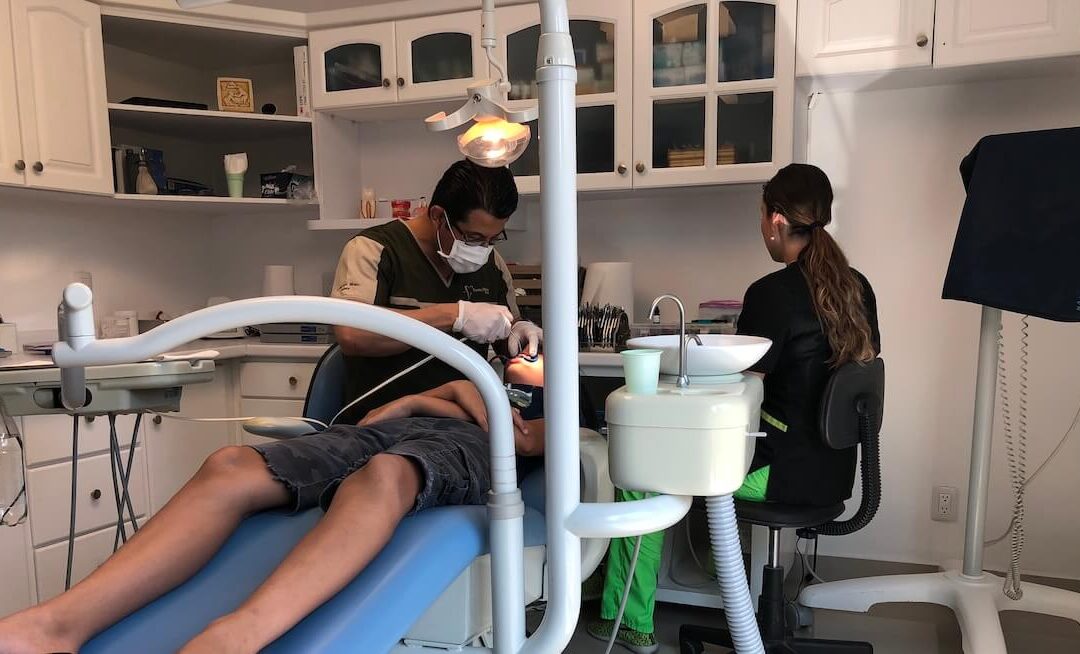
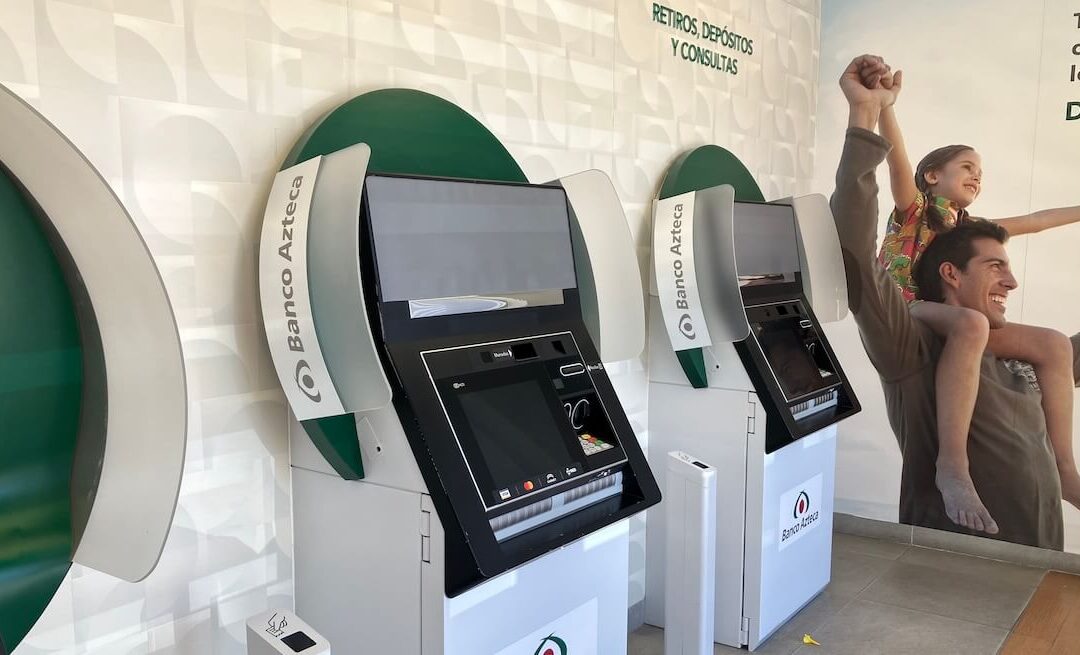
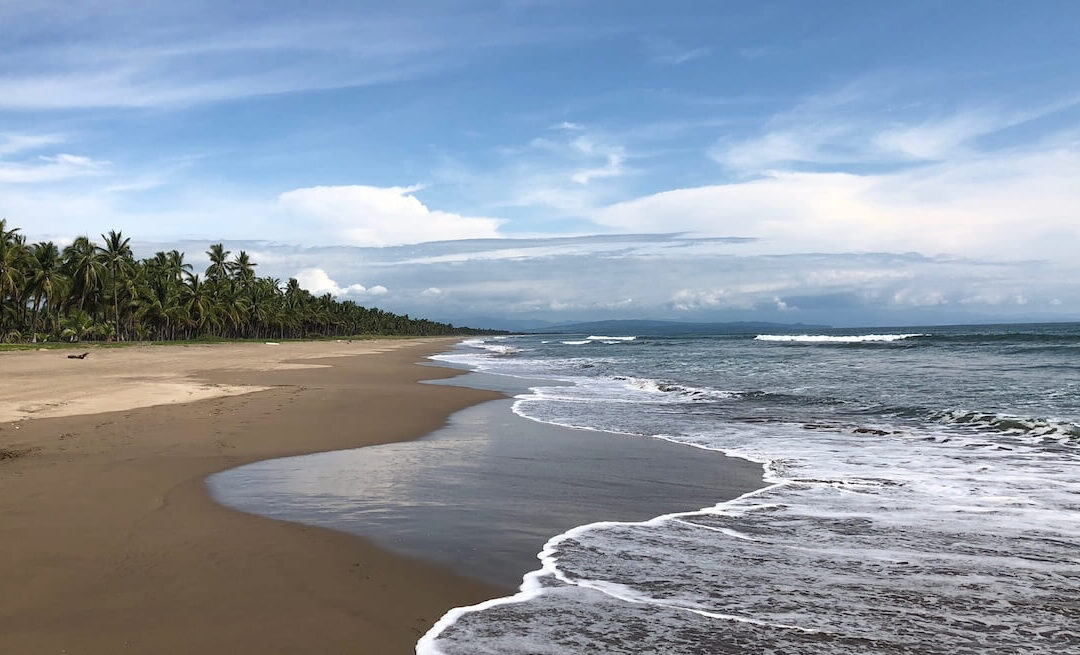
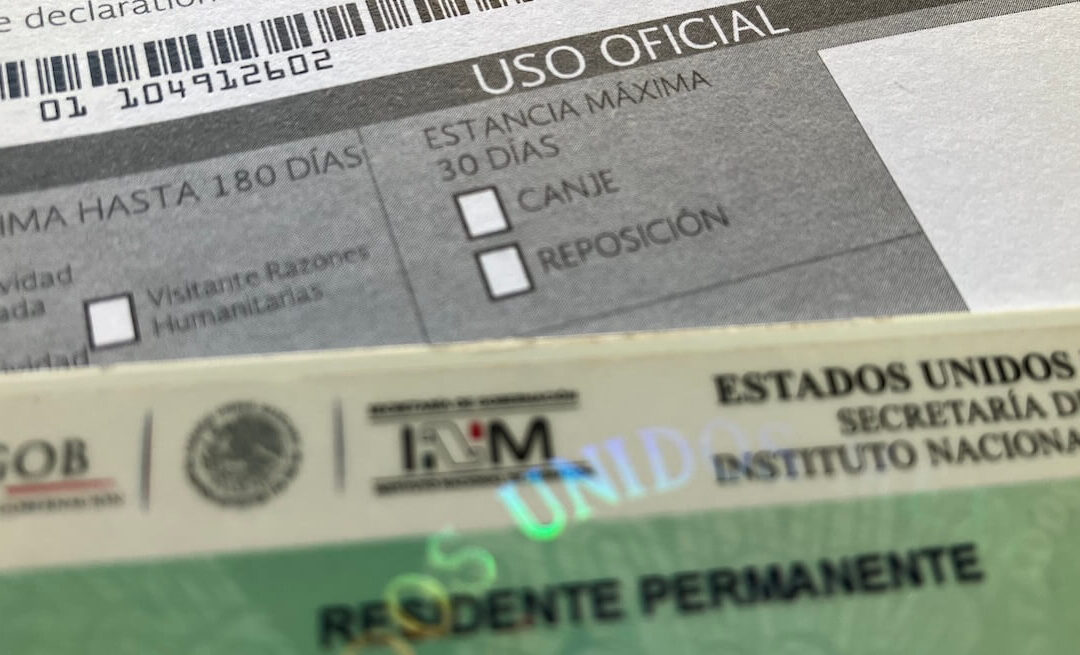
0 Comments